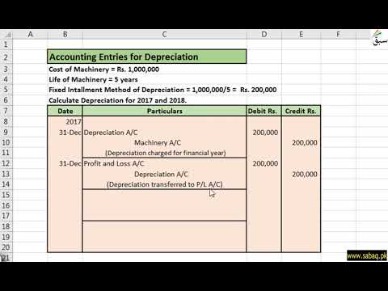Content

It incurs $30,000 in manufacturing overheads and $50,000 in direct material costs. We calculate the average cost, or unit cost, by dividing the firm’s total cost of production by the quantity of output produced. Variable costs relate directly to the production or sale of a product.
A company’s expenses from manufacturing a product or providing a service are called production costs. This is the cost of producing the good or service before any profits are added. Expenses that are part of production costs are directly connected to the business’s revenue generation.
Material Costs
Therefore the more perfectly you try to make something, the more you must control both the workpiece and the environment to extreme degrees. For these reasons closer tolerances and higher precision can drive up labor costs substantially and, in fact, don’t necessarily produce a better part for most common applications. https://kelleysbookkeeping.com/ That’s why we recommend investing in good tooling materials if the expected volumes are large. More expensive tools can be cycled more quickly, are more durable, hold tighter tolerances, and therefore create fewer scrap parts. The long run is sufficient time of all short-run inputs that are fixed to become variable.

Learn accounting fundamentals and how to read financial statements with CFI’s free online accounting classes. Production costs initially appear in a company’s balance sheet What Are Production Costs? within the inventory line item. Once goods are sold, this cost is shifted over to the income statement, where the costs are stated within the cost of goods sold line item.
What Is the Difference Between Revenue & Profit?
Full BioAmy is an ACA and the CEO and founder of OnPoint Learning, a financial training company delivering training to financial professionals. She has nearly two decades of experience in the financial industry and as a financial instructor for industry professionals and individuals. Once a product is finished, the company records the product’s value as an asset in its financial statements until the product is sold. Recording a finished product as an asset serves to fulfill the company’s reporting requirements and inform shareholders. Opt for an alternate production method that does not require tooling, such as CNC machining. Tooling – Plastic injection molding, high-pressure die casting, and polyurethane vacuum casting are examples of processes that need specialty tooling.
Accordingly, the information provided should not be relied upon as a substitute for independent research. Intuit Inc. does not warrant that the material contained herein will continue to be accurate nor that it is completely free of errors when published. When it comes to repetitive tasks common to most business production, automation goes a long way in reducing labor and increasing efficiency. There are several ways to do this, most of which require looking at previous numbers and assessing each step of the production process.
Marginal Cost
Marginal analysis is an examination of the additional benefits of an activity when compared with the additional costs of that activity. Companies use marginal analysis as to help them maximize their potential profits. Manufacturing costs are the expenses directly related to building the product. Adam Hayes, Ph.D., CFA, is a financial writer with 15+ years Wall Street experience as a derivatives trader. Besides his extensive derivative trading expertise, Adam is an expert in economics and behavioral finance.